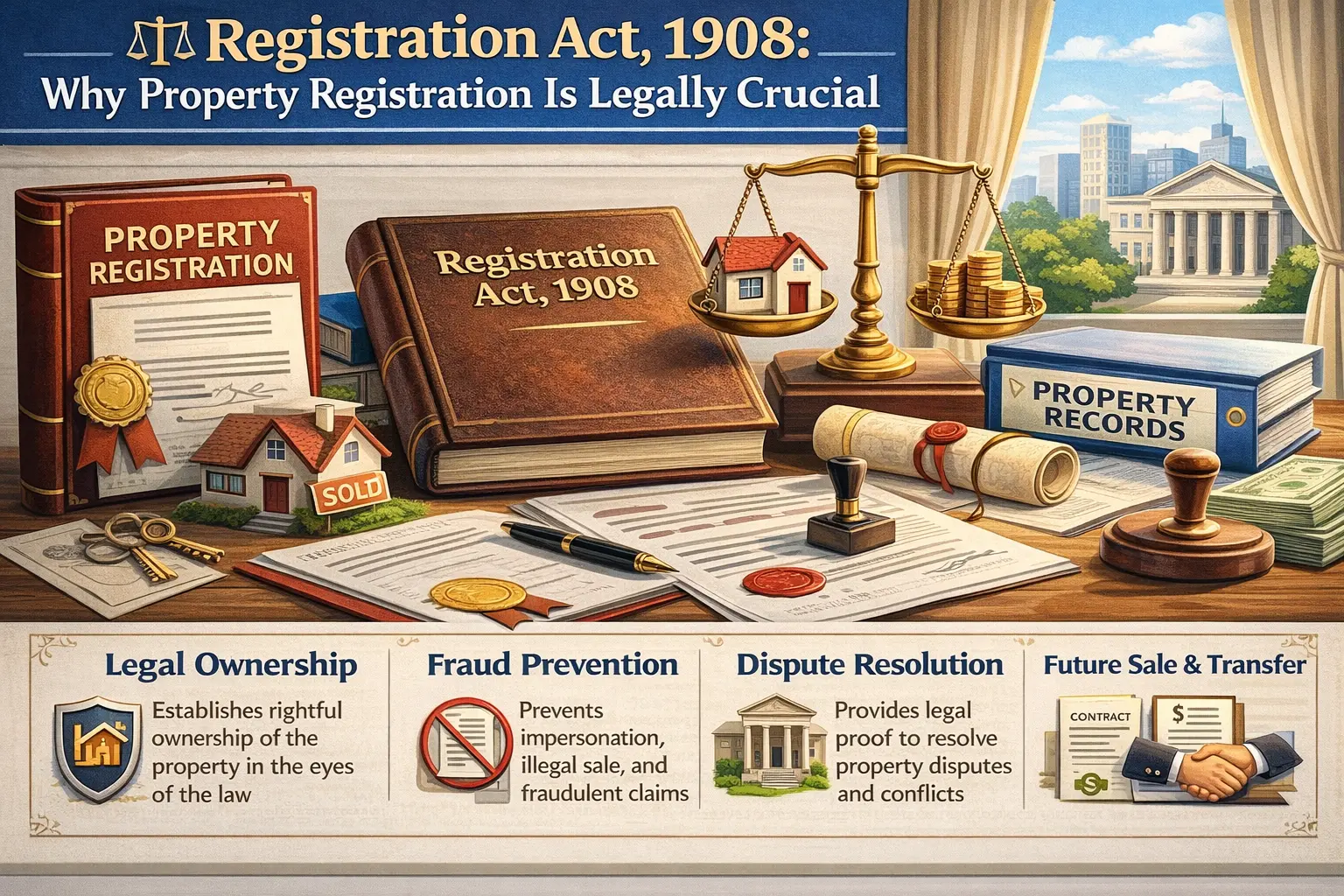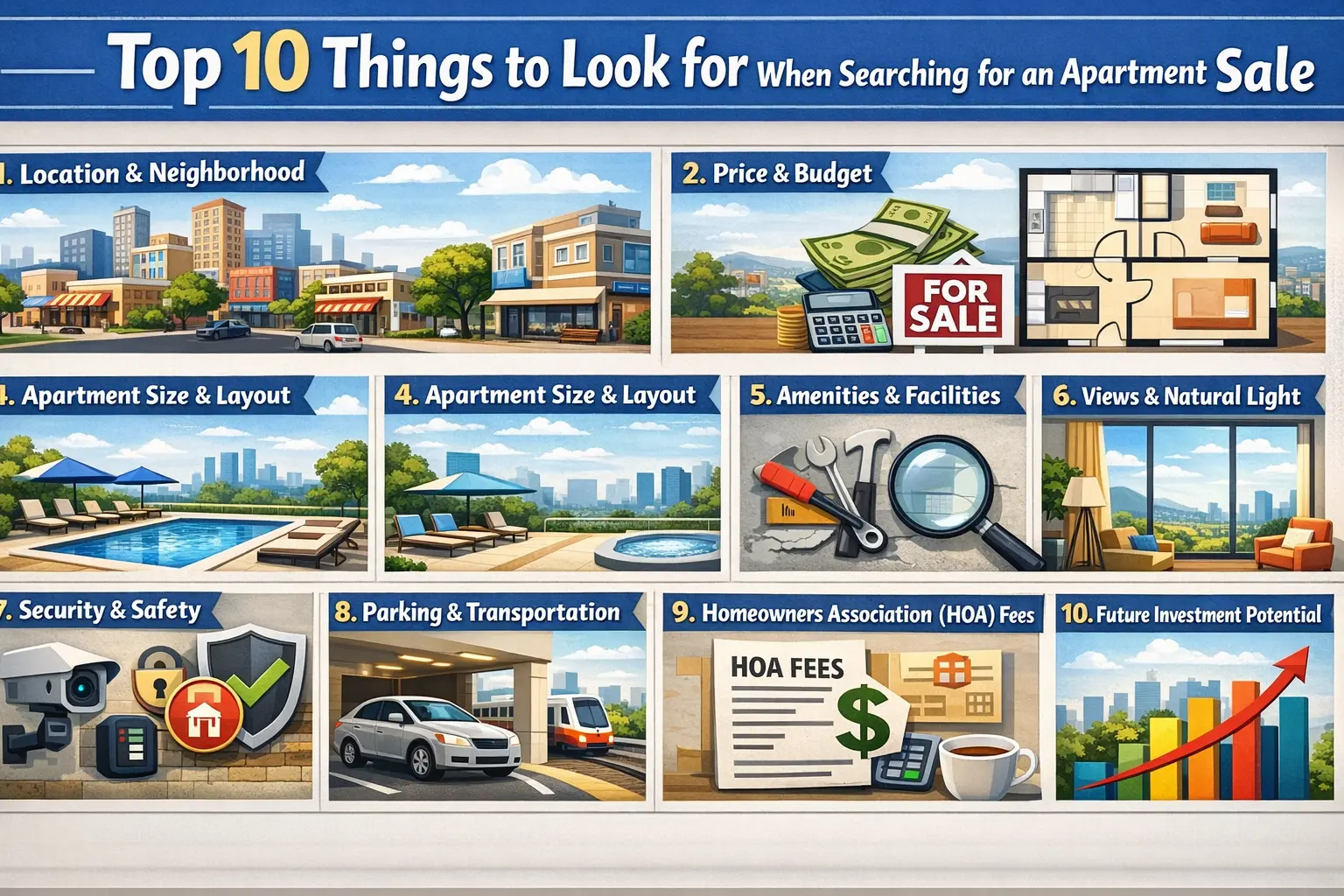In the world of construction, technical expertise is important—but for a site engineer, the ability to communicate effectively with clients is equally critical. Clients are not always engineers, and they often rely on you to translate technical jargon into clear, actionable updates.
Good communication not only improves trust but also ensures smooth project progress and long-term professional relationships. In this blog, we’ll explore practical communication tips every site engineer should master when dealing with clients.
1. Understand Your Client’s Perspective
Before explaining any technical detail, put yourself in the client’s shoes.
- Avoid technical overload: Instead of saying “The slab curing will take 28 days due to hydration reaction,” you could say “The concrete needs about a month to reach full strength.”
- Know their priorities: Some clients focus on deadlines, others on budget, quality, or aesthetics. Tailor your updates accordingly.
- Be patient: Clients may ask repetitive or basic questions—answer them respectfully.
2. Be Clear and Concise
Your communication should be easy to follow, especially for non-technical stakeholders.
- Use simple language: Replace engineering terms with everyday examples.
- Structure your message: When delivering updates, start with the key point, then provide details.
- Avoid long explanations: Stick to relevant facts to keep the client engaged.
3. Use Visuals and Demonstrations
Clients understand faster when they can see the progress.
- Show progress photos instead of only verbal updates.
- Use 3D models or BIM visuals to explain designs and changes.
- Conduct on-site walkthroughs to help them visualize completed work.
Tip: A 5-minute video update can often replace a 30-minute technical explanation.
4. Listen Actively
Good communication is two-way. Listening carefully shows clients you value their input.
- Don’t interrupt: Let the client finish before responding.
- Repeat and confirm: Paraphrase their concern to ensure understanding.
- Take notes: Recording client feedback avoids misunderstandings later.
5. Be Transparent About Challenges
Every project faces issues—delays, cost changes, or material shortages. Hiding them damages trust.
- Inform early: Share potential problems as soon as you spot them.
- Provide solutions: Always pair a problem with a proposed fix.
- Be honest about timelines: Don’t overpromise to please the client temporarily.
6. Maintain Professionalism
Your tone, body language, and punctuality influence how clients perceive you.
- Keep emotions in check: Even during disagreements, stay calm and respectful.
- Be punctual for meetings and calls: It shows commitment and reliability.
- Dress appropriately: Professional attire builds trust during client site visits.
7. Follow Up in Writing
After discussions, always send a written summary.
- Email recaps: Outline what was discussed, agreed upon, and next steps.
- Document approvals: Keep a record of client approvals for design changes or material selections.
- Use project management tools: Platforms like Trello, Asana, or Procore help share updates transparently.
8. Keep Communication Regular
Don’t wait for clients to ask for updates—be proactive.
- Weekly progress reports: Share work done, current status, and upcoming tasks.
- Quick check-ins: A short phone call can prevent small issues from becoming big problems.
- Set expectations: Agree on update frequency at the start of the project.
For a site engineer, communication is as important as technical skills. The ability to explain complex construction details in simple terms, listen to client concerns, and provide timely updates strengthens trust and ensures smoother project execution.
In 2025’s competitive construction industry, site engineers who combine technical expertise with clear, client-focused communication will stand out as leaders in their field.
https://www.livehomes.in/blogs













